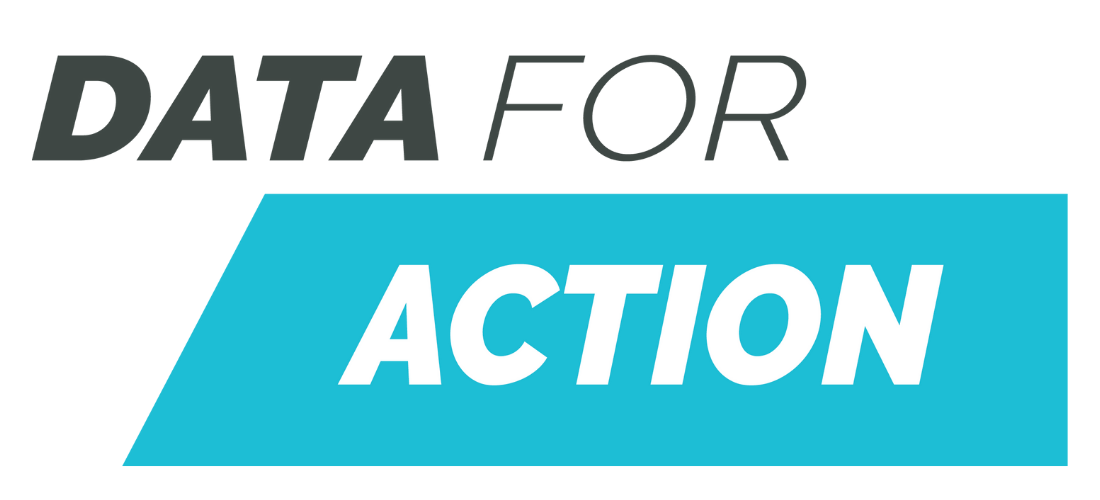
When the pandemic hit in 2020, school districts in the Road Map Project region (Road Map region) began issuing emergency credit waivers (established and authorized by the Washington State Board of Education) to students most impacted by the pandemic, to facilitate their timely graduation amidst a very challenging and tumultuous year. Two years in, the practice continues, and we (CCER) sought to understand exactly how the waivers are being issued, who is using them, and what the longer-term consequences might be for students who plan to attend college.
We will soon be releasing a brief that shares our learnings from the many discussions we had with representatives from the State Board of Education, school districts, reengagement providers, and a program serving youth in foster care in the Road Map region. The brief shares our understanding of how waivers were put in place in our region, and examines who received the waivers, looking at disparities across different groups of students. The brief also highlights coursetaking data among students who attended 12th grade in Road Map Project schools during the 2020-21 academic year and the data will be updated as we receive more information.
Here are some key findings highlighted in the upcoming brief:
- The process for administering course credit waivers, directed by system-level entities, was confusing for many to implement, and left too much room for interpretation.
- Districts were directed to demonstrate good faith efforts to help students meet graduation requirements prior to granting a waiver. We share how different districts varied in their approach and/or built on their interpretation of this guidance.
- A deeper dive into the data revealed that more core courses — many of which could meet college admissions/entrance requirements — were waived than elective courses. Among the core courses are math and English, which students may need to pay for either prior to or during college, if that were their intended path. This raises concerns about added burden on students with lower-incomes and students of color who already face barriers to getting to and through college.
- Overall, waivers did seem to be granted to students most impacted by the pandemic, for example students experiencing homelessness and students from lower-income families.
Concerns and considerations moving forward
Through understanding more about how these waivers were issued, we gathered collective concerns and questions to consider as the state board plans to continue use of the waivers. Among the long list gathered in the brief a few key points we asked include:
- How may the continued use of waivers impact historically marginalized students?
- How do we ensure that students who received waivers get the support they need to be successful in their postsecondary pathways?
- How are high schools and colleges communicating and supporting students through their transition to college?
- How can we ensure that these courses (free for students during high school), don’t later create additional costs for marginalized students who may struggle the most with paying for additional courses after they graduate high school? Historically, we have seen the burden of cost fall disproportionately on students of color and students from lower income households.
- What supports will colleges offer to ensure students who received waivers can succeed in college? Could colleges waive costs for additional remedial courses that students waived in high school, to alleviate the burden of cost?
- Is the allowance to waive up to 2 core credits (up to 4 core courses) helping or hurting students? Are there other ways of easing the requirements burden on students that allows them to complete courses that are important for their intended pathways? We encourage SBE to reconsider how many core credits can be waived; to consider limiting waivers for college-ready course credits, while allowing more flexibility to waive requirements that have less impact on students in their intended paths.
- How are we preparing students who were in middle school or early in high school during the pandemic to be successful in meeting all meaningful high school requirements?
- There are concerns that the High School & Beyond Plan — a tool intended to enable every student to plan for and pursue postsecondary education, training or careers after high school — is not as effective as intended, serving more as a barrier to graduation than getting students college-ready. We have heard there is less buy-in from students and staff and a lack of support in implementation as well as a lack of strong connections between students and staff, indicating more relationship building and intrapersonal communications needs to happen at all levels. Given these concerns, we heard waiving HSBP and other pathway requirements would be preferable.
- How are districts ensuring that counselors and administrators understand the full implications for students who are issued waivers and later go on to CTC’s?
Next steps
We learned a lot from administrators and next intend to hear from students who did receive waivers, as well as staff working closely with students. We know it is imperative to engage in discussions with students, families, and practitioners across the high school and postsecondary continuum to inform this issue and center those who have the most direct experience with these waivers. We will continue to learn through more conversations and intend to follow up in the coming months and year as we gather more feedback.
A call to action
The Washington State Board of Education (SBE) intends to finalize the proposed updated rules during their May 11-12 board meeting, with written public comments accepted through May 6, 2022. The primary point under consideration falls under section WAC 180-111-050 of WAC 180-111, which specifies the types of requirements that may be waived. If you have concerns or additions you want to put forward to SBE, do so by May 6.
Posted in: Data and Research , Data for Action